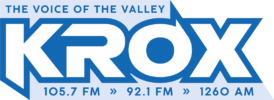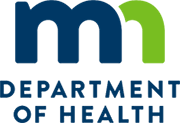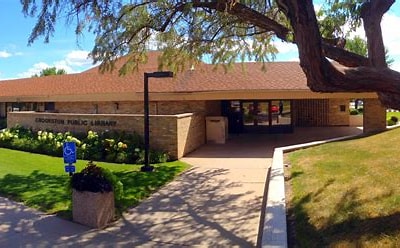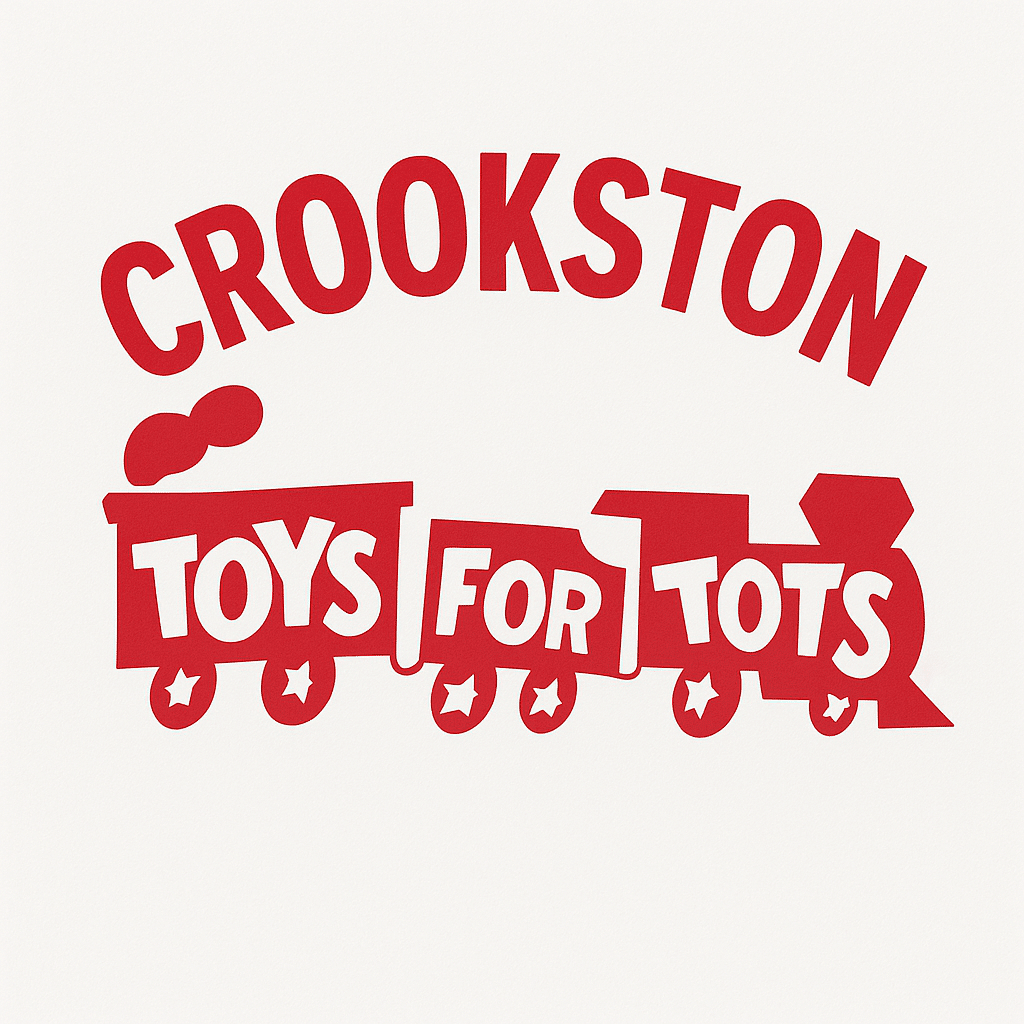The Minnesota Department of Health (MDH) today announced that 100% of the state’s community water systems have completed an inventory of their service lines as part of a national effort to identify where lead pipes need to be replaced.
MDH has been working with community water systems across the state to eliminate exposure to lead from drinking water. MDH estimates that of the 1.5 million service lines in Minnesota, just under 90,000 are made of lead. That total may increase as approximately 280,000 service lines will require additional verification.
In 2023, the Minnesota Legislature initiated a lead service line replacement project and set a goal of replacing all of the state’s lead service lines by 2033. This meant work had already started in Minnesota ahead of the federal push announced on Oct. 8 to have all lead service lines in the country replaced within 10 years. Several water systems – including Duluth, St. Paul, and Minneapolis – have already started replacing their lead service lines.
“There is no safe level of lead exposure, so getting lead out of drinking water is a public health imperative,” said Minnesota Commissioner of Health Dr. Brooke Cunningham. “The efforts to identify and remove lead service lines represent a significant step forward in our commitment to safeguarding the health and wellbeing of all in Minnesota.”
Service lines connect the water main to the interior plumbing in a building. When service lines are made of lead, they can be a source of lead in drinking water. Lead is a poisonous metal that can cause serious health problems, especially in children and pregnant people.
The completed inventories cover approximately 4.5 million Minnesotans. Minnesota residents who get their drinking water from a community water system can find out if they have a lead service line. Do you have a lead service line?, an online mapping application developed by the University of Minnesota and MDH.
Residents will be notified by their water system if they have a service line made of lead or that may contain lead and about the next steps the system will take to replace those lines or identify the material. These notifications are not an indication that there is an immediate problem with their drinking water. Water systems routinely test drinking water for lead and notify residents separately if there’s an issue. For residents with service lines of unknown material, future assistance will be available to water systems to complete the service line identification.
“Nationally, Minnesota has one of the highest rates of completion for the service line inventories,” said Sandeep Burman, manager of MDH’s Drinking Water Protection Section. “The work to replace lead service lines has begun, and we’re well on our way to eliminating this source of lead exposure.”
Millions of dollars in state and federal funding are available for water systems to replace lead service lines in Minnesota, including $240 million appropriated by the 2023 Minnesota Legislature. In May 2024, MDH received funding applications for 129 lead service line replacement projects across 78 different municipalities. Funding for replacement is funneled through the public water system, not individual property owners. By state law, water systems need to prioritize their replacements based on efficient use of funds and certain health equity criteria, including low-income neighborhoods and children’s health.
More information about lead and health is available on the MDH website, Lead.





